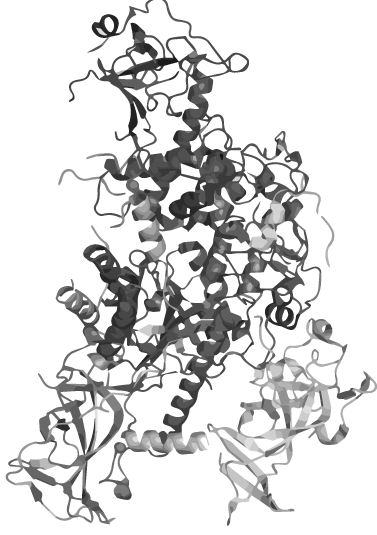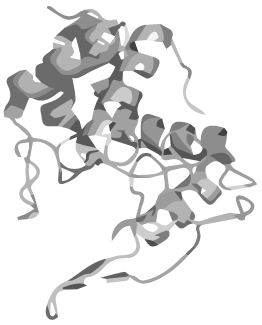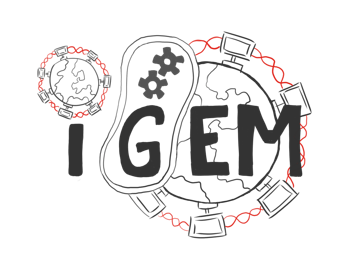Team:Heidelberg
From 2014.igem.org
(Difference between revisions)
| Line 199: | Line 199: | ||
<div class="row"> | <div class="row"> | ||
<div class="jumbotron slide dark-grey" style="color:white; position:relative;"> | <div class="jumbotron slide dark-grey" style="color:white; position:relative;"> | ||
| - | <div class="col-lg-5" style="position:relative; bottom:-48px;"> | + | <div class="col-lg-5 col-md-5 hidden-sm hidden-xs" style="position:relative; bottom:-48px;"> |
<img class="img-responsive" src="/wiki/images/5/5e/Heidelberg_Frontpage_Team.png" /> | <img class="img-responsive" src="/wiki/images/5/5e/Heidelberg_Frontpage_Team.png" /> | ||
</div> | </div> | ||
| - | <div class="col-lg-7"> | + | <div class="col-lg-7 col-md-7 col-sm-12 col-xs-12"> |
<h1>Who are we?</h1> | <h1>Who are we?</h1> | ||
<p>We are the iGEM Team Heidelberg 2014 consisting of 12 highly motivated bachelor and master students studying at Heidelberg University.</p> | <p>We are the iGEM Team Heidelberg 2014 consisting of 12 highly motivated bachelor and master students studying at Heidelberg University.</p> | ||
Revision as of 15:48, 11 October 2014
 "
"


 CIRCULARIZATION
CIRCULARIZATION
 OLIGOMERIZATION
OLIGOMERIZATION
 FUSION
FUSION
 ON/OFF
ON/OFF
 PURIFICATION
PURIFICATION





